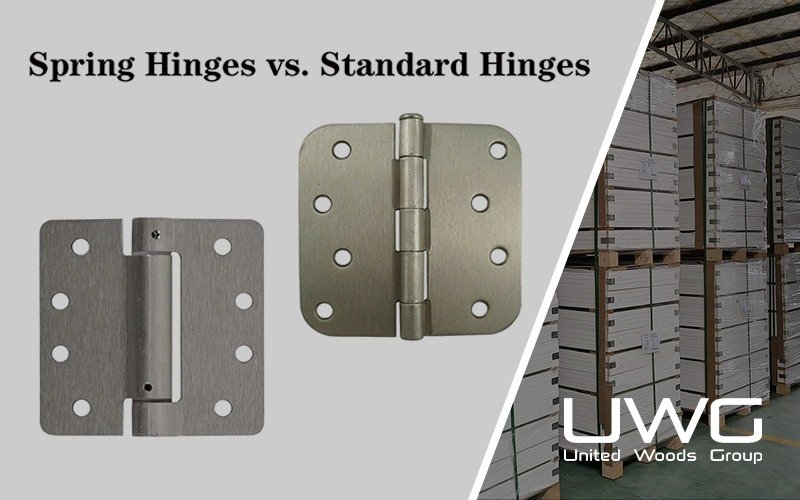Mouldings play a crucial role in both the aesthetics and functionality of a space, whether it’s to cover joints, protect walls, or add a decorative touch. Among the various materials used for mouldings, MDF (Medium Density Fiberboard) and wood are the two most common choices. However, when deciding between these two materials, builders often face a dilemma: Which one is the best choice for their specific project?
The right material choice can affect not only the cost and time required for installation but also the long-term durability and maintenance of the moulding. So, which material—MDF or wood—will provide the best solution for your project’s needs?
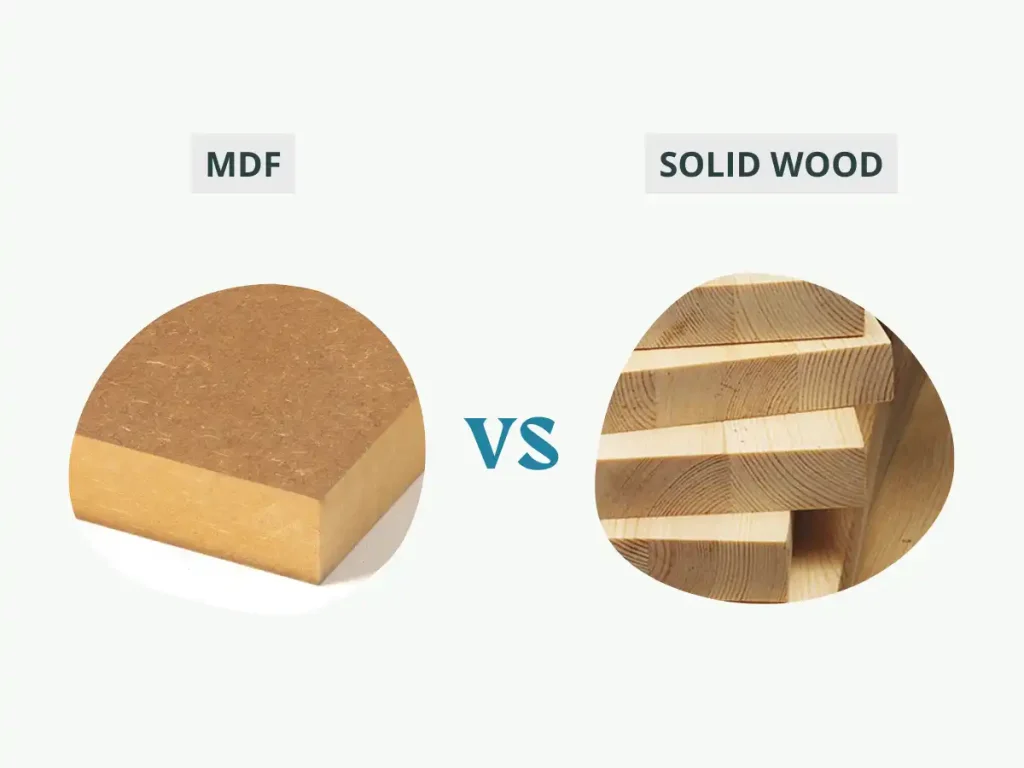
The choice between MDF and wood for mouldings largely depends on several key factors, such as your project’s budget, aesthetic goals, installation environment, and the long-term durability you require. MDF is a great choice for cost-conscious projects where a smooth, even finish and quick installation are important. It’s particularly suited for areas where durability may not be a primary concern. On the other hand, wood excels in projects where aesthetic appeal and long-term durability are critical, such as in high-end residential or traditional designs.
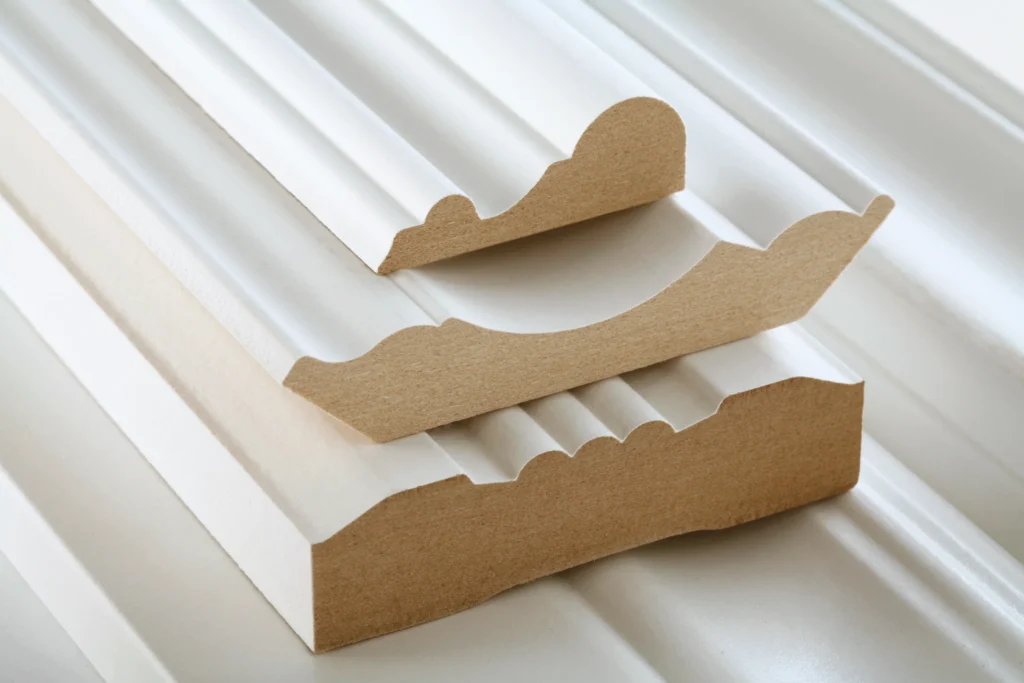
Durability and Maintenance
- MDF Stability: One of the main advantages of MDF over wood is its stability. MDF is less prone to warping, splitting, or cracking, which makes it an excellent option for environments with fluctuating humidity levels, such as bathrooms or kitchens. Since MDF is not hygroscopic, it doesn’t expand or contract as much as wood when exposed to moisture.
- Wood Durability: While wood offers superior strength, it can be more susceptible to damage in humid environments, such as expansion or warping. Over time, wood may also require more maintenance, such as sealing, refinishing, or treating against pests. Wood mouldings, however, can last for decades if well-maintained and provide a more durable, high-end solution.
- Long-Term Maintenance: Wood typically requires periodic care, such as refinishing and re-painting, to keep it looking fresh and prevent degradation. MDF, while initially smooth, is prone to denting and may require more frequent repairs, especially in high-traffic areas.
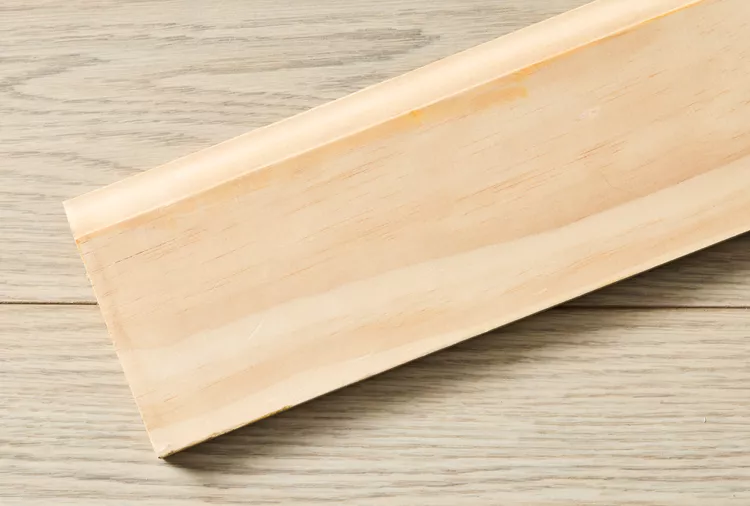
Aesthetic Appeal
- MDF’s Smooth Finish: MDF is known for its flawless, smooth surface, making it ideal for painting. The material doesn’t have the natural imperfections that wood sometimes exhibits, such as knots or grain variations. This makes MDF a popular choice for projects where a sleek, uniform look is required, particularly in modern or minimalist designs.
- Wood’s Natural Beauty: In contrast, wood has an inherent charm that MDF cannot replicate. The unique grain patterns, colors, and textures of natural wood make it a preferred option for high-end, traditional, or rustic designs. Wood mouldings add a sense of luxury and craftsmanship that MDF cannot match.
- Customization and Detailing: Wood is also more versatile when it comes to intricate designs. Handcrafted or custom-carved wooden mouldings are often sought after in traditional designs. MDF, while easier to cut and shape in large volumes, lacks the depth and texture of wood and may not be suitable for more detailed, handcrafted work.
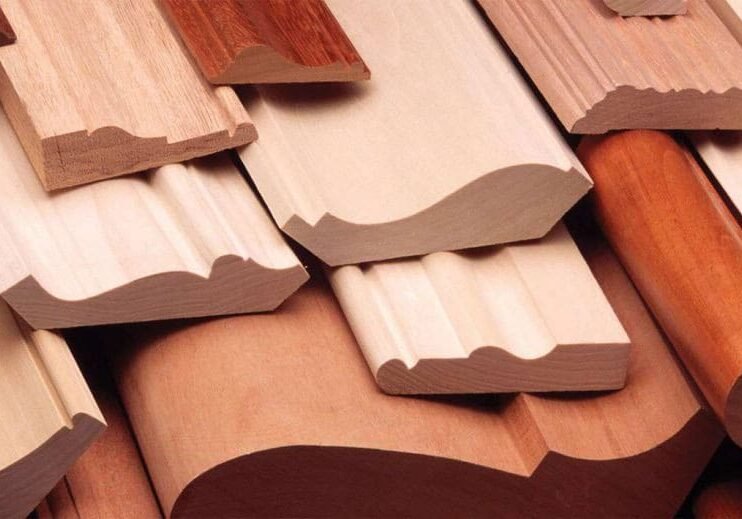
Cost Comparison
- MDF’s Cost-Effectiveness: One of the major reasons MDF is often preferred is its affordability. MDF is significantly cheaper than most solid wood options, making it an ideal choice for cost-conscious projects. In addition, because MDF is more uniform and easier to manufacture, it often results in lower material costs.
- Wood’s Long-Term Value: While wood is more expensive initially, it can be a better investment in the long run. Solid wood mouldings tend to last longer and can withstand more wear and tear. They also hold up better over time, which can reduce the need for frequent replacements. Moreover, wood offers better resale value for properties, particularly when using high-quality woods like oak or walnut.
- Installation Costs: MDF’s ease of installation can also reduce labor costs. It’s easier to cut and shape without the risk of cracking, making it ideal for intricate moulding designs. Wood, however, requires more precise tools and skilled labor, which may increase the installation time and associated costs.
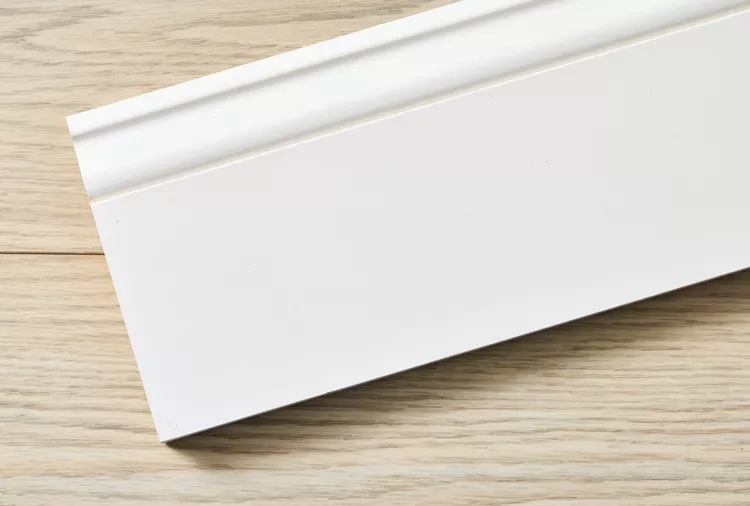
Ease of Installation
- MDF’s Installation Ease: One of the standout benefits of MDF is its ease of installation. The material is lightweight and cuts easily without splintering, which reduces installation time. It’s especially useful for larger projects where speed is essential, and the smooth surface makes it easier to paint or finish.
- Wood’s Challenges and Strength: Wood, although heavier and more difficult to work with, is preferable in certain applications where strength is needed, such as door and window trim. It is more durable and structurally sound in situations requiring support. Wood also demands more precision during installation to avoid cracking, especially with more delicate, high-quality woods.
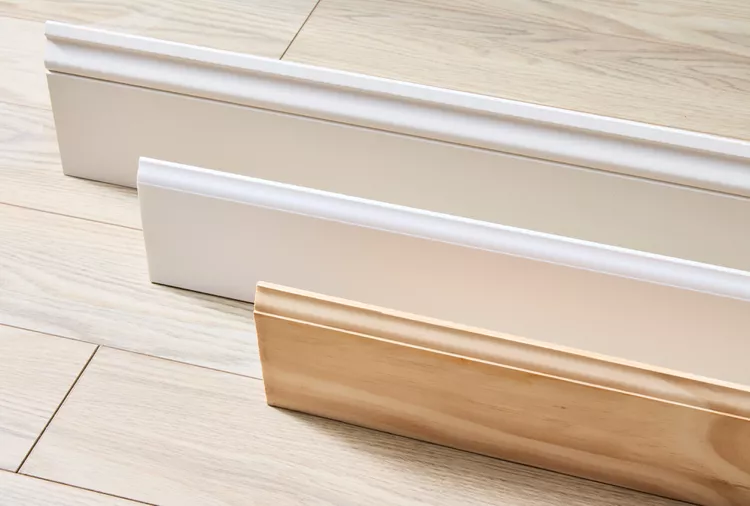
Environmental and Health Considerations
- MDF’s Environmental Impact: MDF is manufactured from wood fibers, often from recycled wood, combined with adhesives that may release harmful chemicals like formaldehyde. However, newer types of MDF with low formaldehyde emissions are available, which help reduce health risks. Builders should look for certifications like CARB2 (California Air Resources Board) or GreenGuard to ensure that the MDF used is environmentally friendly.
- Sustainability of Wood: Wood can be a more sustainable choice if it is sourced from certified forests. For example, FSC (Forest Stewardship Council) certified wood ensures that it comes from forests managed in an environmentally responsible way. This is an important consideration for those who prioritize eco-friendly materials in their projects.
Conclusion
In conclusion, choosing between MDF and wood for mouldings is not a matter of one being strictly better than the other. Instead, it depends on the specific needs of the project. For budget-conscious projects requiring smooth surfaces and fast installation, MDF is an excellent choice. However, for high-end projects where durability, aesthetic appeal, and long-term value are important, wood is likely the better option.
Ultimately, understanding the environmental conditions, aesthetic goals, and budget constraints of your project will guide you toward the right material. Whether you opt for the cost-effective and easy-to-install MDF or the timeless elegance and durability of wood, both materials have their place in the world of moulding. The key is making an informed decision based on your unique project requirements.





